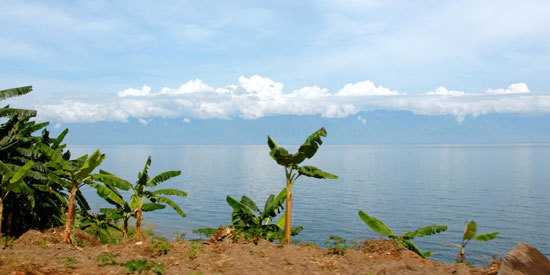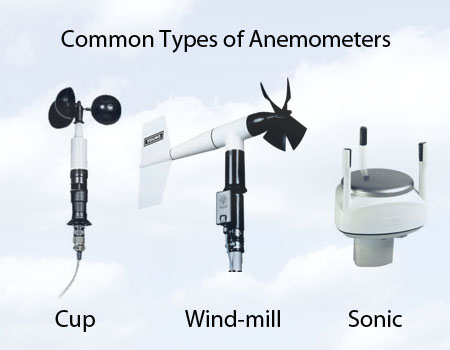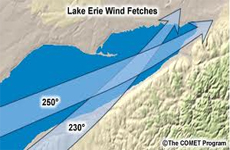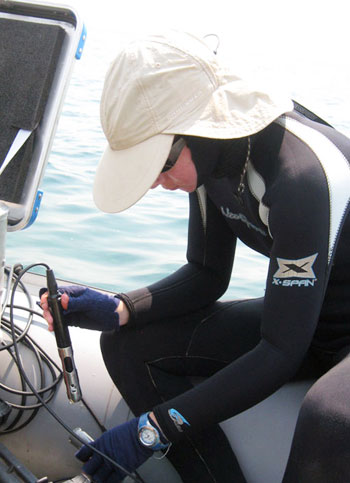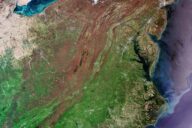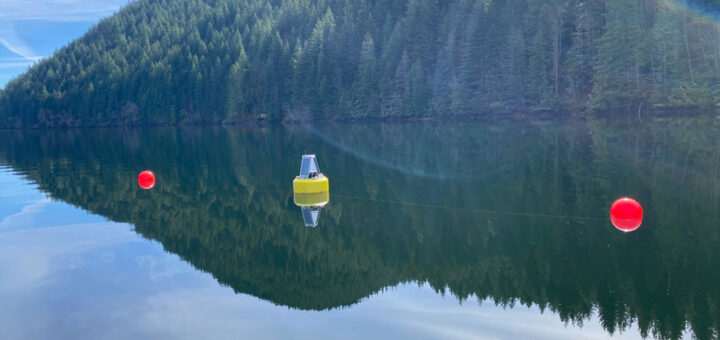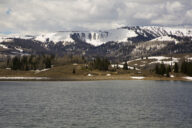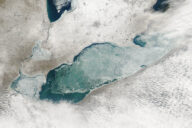Changing Winds Key To Studying Lake Tahoe’s Currents
0Scientists at the Tahoe Environmental Research Center say that Lake Tahoe is all but calm underneath the surface, according to the Nevada Appeal. And though its currents are broadly fickle, experts at the center are working to better predict how they change.
Why is it important to know what Tahoe’s currents are doing?
“Lake motions are important,” said Geoff Schladow, director of the TERC to the Nevada Appeal. “It’s the currents, it’s the motions, that transport everything in the water.” In other words, knowing how the water behaves beneath the surface helps scientists forecast where the things it carries – like algae, toxins, pollutants, etc. – will go.
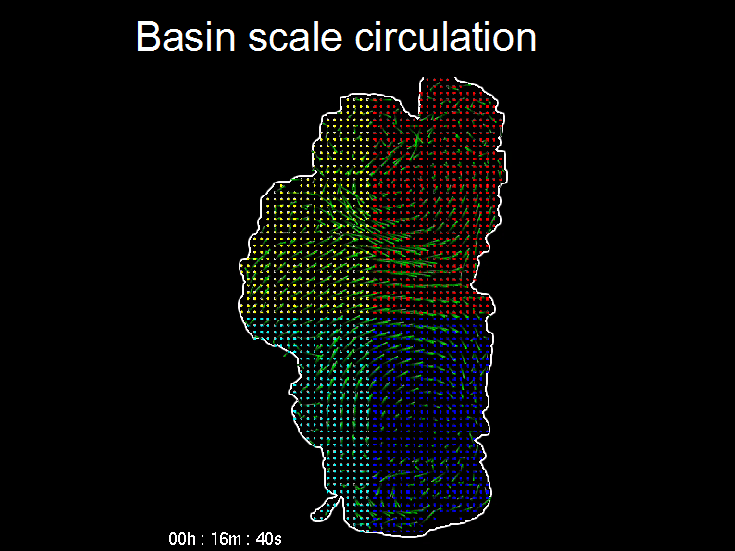
The surface circulation of Lake Tahoe can be shown using colored markers to act as tracers. (Credit: Tahoe Environmental Research Center, University of California – Davis)
Many factors affect Lake Tahoe’s currents, but the largest influence on them is wind, says Schladow. Researchers are modeling wind patterns around the lake to chart those changes, but they’ve doubled up with underwater tech as well.
Five monitoring stations rest near the edges of Lake Tahoe collecting measurements of turbidity, temperature and algae concentrations. They will likely help those working to protect water quality at the lake who are looking at the interaction of circulation patterns and underwater conditions.
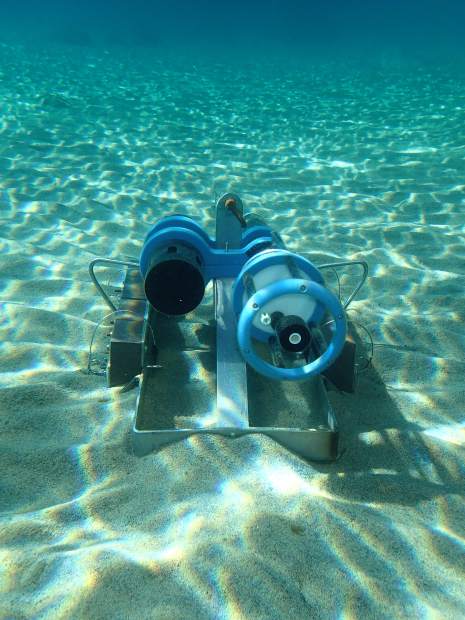
A newly installed nearshore monitoring station in Lake Tahoe. (Credit: Tahoe Environmental Research Center, University of California-Davis)
“It’s the idea that we can monitor the nearshore in real-time,” said Schladow to the Nevada Appeal. “It’s not that hard to do. It’s the data we’re interested in, and we think it’s the data that’s needed.”




